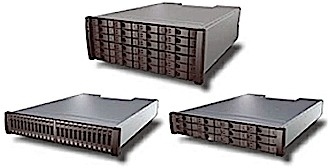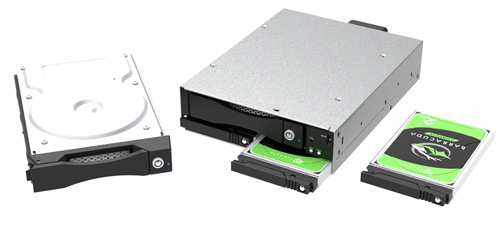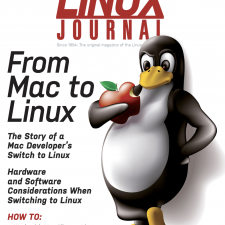Old Ideas, New Technologies: The Raidon iR2031 Internal RAID Storage Bay and the Killer of Innovation
Disclaimer: This is not a review of the Raidon iR2031 Internal RAID Storage Bay. I am sure that it is a fine product.
The year was 2007. I was much younger and had a lot more hair. I was also a couple of years into the data storage industry, working for a little known data storage company called Xyratex. Xyratex spun out of IBM in the UK nearly three decades ago. They knew how to build quality storage products (and were acquired by Seagate in 2014). It was still considered a small company by the time I joined the team in 2005. Our team focused on building and testing both enterprise grade RAID and JBOD equipment.

Aside from the usual over-engineered technology, another thing that Xyratex knew how to do very well was to gather Intellectual Property (IP). Early on, the company encouraged employees to submit assorted designs and ideas through incentives and bonus programs. Nowadays, this is standard practice. And being the young engineer that I was, full of ideas, I partook as much as I could. Not all ideas were accepted however, including the one I am about to outline below.
One day, I presented an idea to a lead architect, essentially a prototype where a single 5.25″ drive canister would host two hard disk drives (HDD). The drive front-end would still be your traditional Serial Attached SCSI (SAS) or Serial ATA (SATA) but inside, functionally, it would operate with the technology of two independent disk drives. I was so excited to present this. I truly thought that I had something cutting edge here. To help the lead architect visualize the technology, I essentially drew a configuration where the canister held two 2.5″ drives where the canister’s drive firmware configured these two independent volumes in one of the following mode:
- Concatenated (logically, the second drive appended the first)
- Mirrored (offering data redundancy and boosting read performance via read-balance algorithms)
- Striped (boosting both read and write performance)
Sadly, he did not see my vision and the idea never went anywhere.
Then, in around 2014-15, companies such as Seagate and Toshiba started to prototype dual-actuator HDDs. It was a 5.25″ HDD with two independent actuator arms, each with its own head and a dedicated set of platters, essentially splitting the drive into two. Yes, pretty much my idea.
I do not remember what year it was exactly. At the time, I was employed by IBM (formerly, Cleversafe). It was either 2017 or 2018 that Seagate, Western Digital and Toshiba were showing us their product roadmaps and sharing details about this exact technology. And around 2020, the drives were being produced and these same vendors were working with key partners to help define use cases and a market for the technology.

Fast forward to the present and somewhat recently, a company called Raidon released an interesting piece of technology: the iR2031 Internal RAID Storage Bay. It is a small [and internal] RAID setup that fits into a traditional CD-ROM bay. It can house 2x 2.5″ drives and configure them into a RAID 0 stripe, a RAID 1 mirror or leave them as independent volumes. While not identical to my above design, it does sound awfully familiar.

I know that I sound a bit resentful and maybe that is part of my message (more likely a rant). But there is a life lesson in here…somewhere. The above was not an isolated case. There have been many other times where I have come up with what I believed to be innovative ideas at the time. It was only a matter of time that other individuals conceived similar ideas and built a company around it, some of which were later acquired.
Well then, what stopped me from continuing with those ideas? The short answer: other peoples’ opinions. Far too often, we tend to put a lot of stock into what others think. Most of the time that kills our motivation and desire to do something more with that idea. If there is anything that I have learned from working in technology, it is that no one truly knows what they are talking about. Half the time, consumers do not know that they need your product until it becomes a reality. So, keep dreaming up those innovative solutions and don’t take “no” for an answer.
![Random [Tech] Stuff](https://koutoupis.com/wp-content/uploads/2022/01/koutoupis-logo-3.png)


